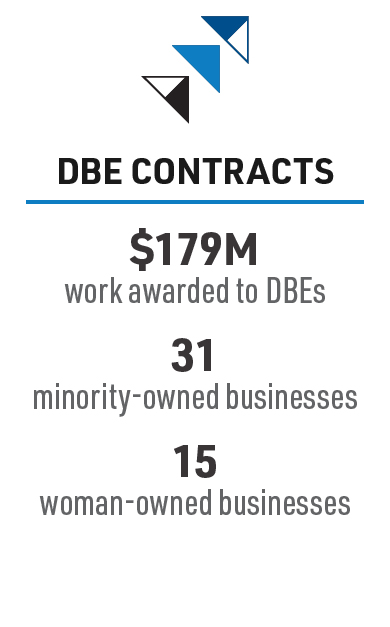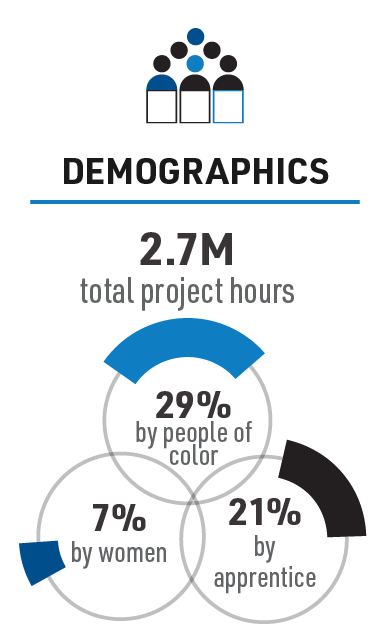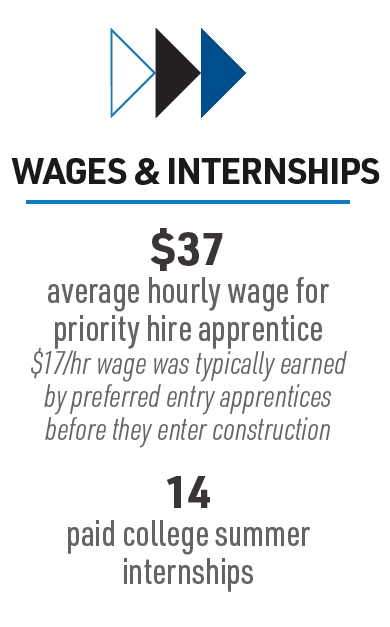
Climate Pledge Arena’s extensive redevelopment repositioned the 18,100-seat arena as the premier sports and entertainment destination in the Northwest. The redesigned interior features new clubs and social spaces, a new atrium and pedestrian plaza, and premium space offering views of the event floor, atrium and the iconic Space Needle. Its new design introduces modern elements and amenities while preserving the historic landmark’s charm.
The complex renovation was likened to "building a ship in a bottle,” as crews suspended the arena’s 44-million-pound roof over the project site to expand the footprint underground and rebuild the walls.
Goal of Zero Carbon Certified
Home of NHL's Seattle Kraken and WNBA's Seattle Storm, Climate Pledge Arena has the goal of being the first International Living Future Institute Zero Carbon certified professional sports venue in the world. The certification requires 100% of the energy used to operate the building to be offset by new renewable energy. In addition, all embodied carbon emissions associated with the project’s construction and materials must be disclosed and offset. Zero Carbon Certification is the first worldwide program to independently verify claims about “net zero carbon” and “carbon neutral” buildings.
Facts And Figures
$1,000,000,000
800,000 square feet
17,100 to 18,100 seats
Delivery Methods
Related
Building Diversity & Community Empowerment
Climate Pledge Arena created lifelong opportunities for individuals that have been historically marginalized in our industry, demonstrating how construction can transform communities through economic empowerment.
The project team outlined goals for construction apprenticeships and hiring women and people of color in communities with lower income and high unemployment rates. Mortenson worked closely with the Oak View Group, the City of Seattle, and Priority Hire to provide opportunities for workers historically underrepresented in the construction industry.
Efforts in Workforce Inclusion and Advancement Resulted In:



In addition to ensuring supplier and workforce diversity on the project, the team engaged in volunteering and community efforts to help revitalize areas surrounding Climate Pledge Arena. These efforts included food contributions to Queen Anne Food Bank, Northwest Harvest, and Rainier Valley Food Bank. The team also jumped in to help a shelter for people experiencing homelessness.
Residents of Sacred Heart Shelter, located across the street from the job site, often slept with windows open throughout winter due to thermostat issues at the shelter. After learning that construction noise was affecting residents’ sleep, Mortenson and one of its trade partners, Hermanson, repaired the shelter’s HVAC issues so residents could sleep better. This story is just one of many examples where Mortenson-led project teams identified a community’s need and stepped in to Do the Right Thing.














